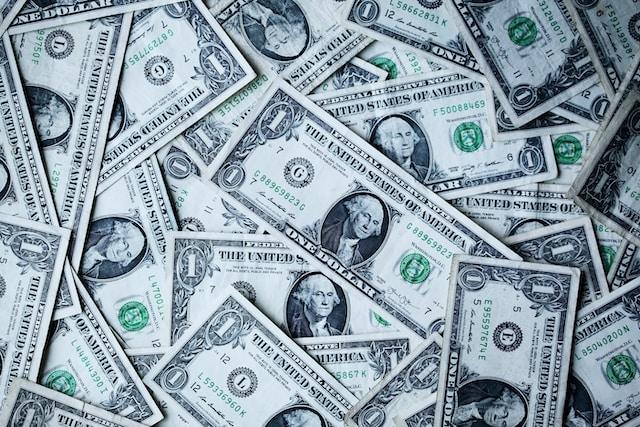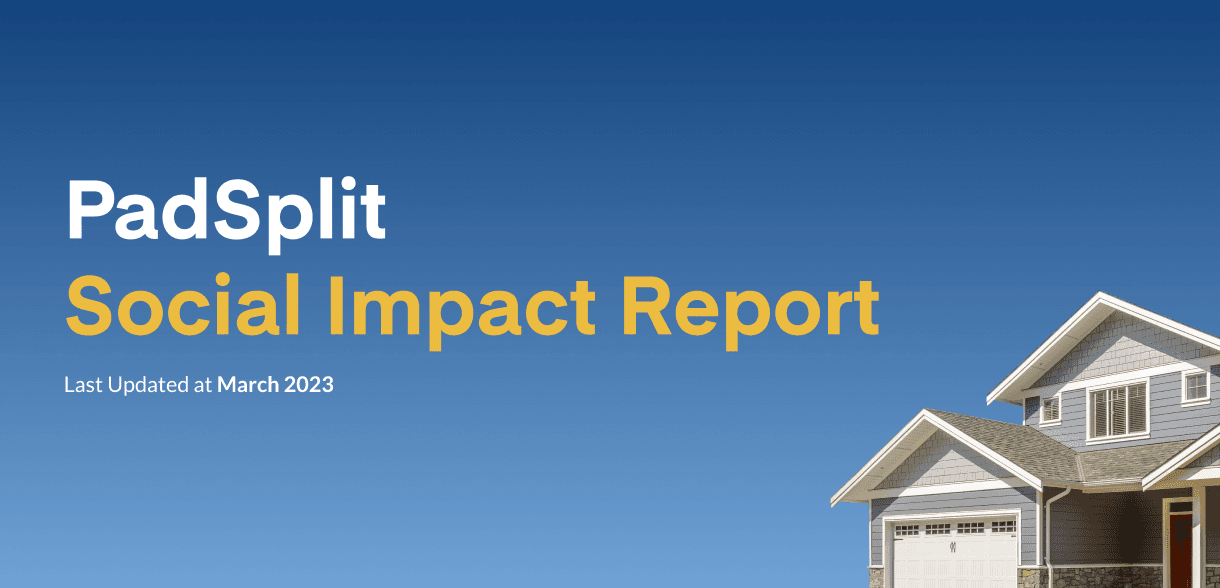“Recession” is a term used by economists to describe a period, usually two or more consecutive quarters, of negative growth in a country’s gross domestic product (GDP). GDP is simply the total value ($$$) of goods and services made within a country during a specific timeframe.
Recessions happen when there’s a significant decline in a country’s economic activity. This decline in activity can be caused by many things. The last major recession in the United States, the Great Recession, happened in 2009. It was caused by a bunch of internal and external forces. We experienced a minor recession in March of 2020 caused by the shutdowns over concerns for public health due to coronavirus. Fortunately, the economy is picking back up.
Economies are systems and it’s hard to predict what may cause a recession. However, there are steps you can take to help protect yourself should one happen.
3 Ways to Prepare for a Recession
1. Build an emergency fund.
An emergency fund is a special bank account where you set money aside in case something unexpected happens. This could be suddenly losing your job due to a recession. Building an emergency fund is like building a financial safety net should that happen. It ensures you have the money you need without relying on credit cards or personal loans.
How much should you have in an emergency fund?
Most experts agree you should have three to six months’ worth of living expenses in your emergency fund. So, if your total monthly expenses (rent, bills, food) are $2,500, your emergency fund should be $7,500 to $15,000.
Don’t have an emergency fund? Don’t worry. Here’s our advice on how to build an emergency fund.
2. Pay off debt.
Paying off debt is a key part of any financial plan. In the event of a recession, debt payments can become a major financial burden.
Start by making a list of the balance, annual fees, interest rates, and minimum monthly payments for each of your debts. Be sure to include credit cards, car loans, personal loans, and student loans. Then, add up your total minimum monthly payment for all debts. Subtract that amount from your monthly income just like you would for your other monthly expenses.
If you have any money left over, apply it towards your debt and building and emergency fund.
Reducing and paying off debt takes time. Be consistent, budget and you’ll be debt-free before you know it.
3. Monitor your spending with a budget.
Think of a budget as a tool to help you reach your financial goals. It tracks how much money you bring in, how much goes out, and how much is left. Budgeting is always a good financial habit.
How do you set a budget? Most experts recommend the following for budgets: 50% of income goes towards needs (housing, food), 30% towards wants (dinner out), and 20% towards savings. For example, let’s say your monthly income is $2,500. According to the 50/30/20 rule, $1,250 of your monthly income would go towards needs, $750 towards wants, and $500 towards savings.
The 50/30/20 rule can be hard to achieve when you’re starting out. And that’s ok. Use it as a goal to work towards.
Ready to create a budget? Here’s our 8-step guide to get you started.
Preparing for a recession makes good financial sense. Follow the tips above and you’ll be ready in case something unexpected happens or the US experiences another major recession.
Living a life that is recession-proof means looking for ways to cut your expenses and think big picture. A great way to save money is to cut down on one of your largest expenses: housing costs. When you become a PadSplit Member, you can save hundreds of dollars each month on your place, and you won’t be locked into a long-term lease.


